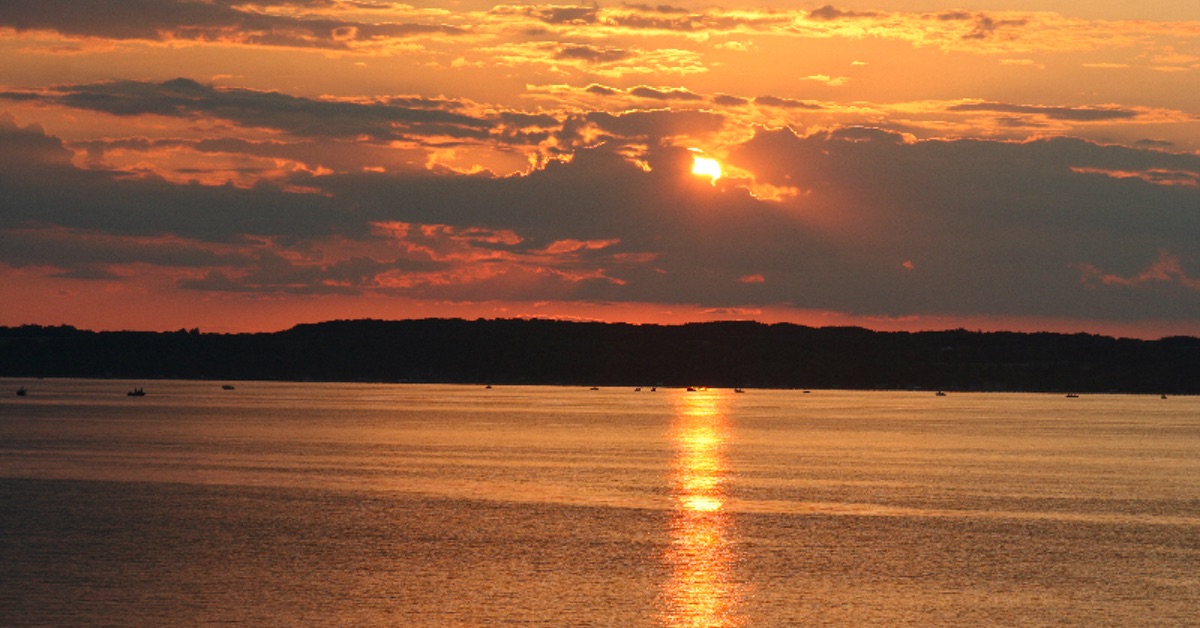Summertime Peak Walleye Fishing Season – Fish Deep
Where oh where are those Walleye fish?
Those killer Walleye fish that you planned and saved all winter time for, for that fishing vacation with your buddies up north to that favorite fishing lodge of your groups – up there in northern Canada or Minnesota.
Fish Where Walleyes Feed
It can be easiest and simply said that the locations of peak Walleye fish activity itself all depends on available food stuffs – that is available forage for the actively feeding fish.
In lakes where the bullheads or perch fish are the chief prey, the most intense feeding and foraging activity and activities of the actively and intensely feeding Walleye will center around weed beds.
In reservoirs where Walleye fish often favor smelt or spot tail shiners, this activity will center around the shallow gravel flats or points.
However in lakes where ciscoes are the principal forage, the activity keys around quick breaking, hard bottomed drop offs in the main lake.

You can count on this is where the ciscoes are!
Fish Near the Good Structure
Usually “summer fish” relate to what might be called or referred to as “gradual breaks”.
Once the intense “Summer Peak Activity” is over, the summary experience of many experienced Walleye fishing and lodge outfitters have both shown and demonstrated as well that that even the big fish relate to such gradual areas. But for the moment, the key areas are firm bottomed (rock, gravel, sand or clay) breaks that drop quickly into deep water.
The best areas are typically part of large, relatively flat topped, shallow coastal bars or sunken islands.
Large sunken islands (small islands seldom produce as good Walleye fishing results overall), seem to be more than especially productive, apparently it seems as they draw and attract roving ciscoes from the many directions, as opposed to shoreline bars which may well only draw them from one directions. Ciscoes, it seems, move through open water and appear to contact Walleye fish predominantly only when they contact the bar.
In addition it has been observed and noted as well by experienced fishing lodge outfitters that some Walleyes may also drive ciscoes themselves into the open waters.
The next question in line may well be – how deep will the ciscoes contract the bar and thus how deep will the Walleye fish go or be?
Water Temperature Drives Fishing Activity
The “Peak Summertime Walleye” period usually follows a relatively calm and very hot period of weather.
While a thermo clime probably forms long before this time period, the period of very warm weather generally intensifies the thermo clime into a temperature barrier.
Although this is probably not an oxygen barrier in itself, it will not stop the Walleye in itself.
However it seems that the experience is that generally the finicky Walleye fish just prefer not to go through this layer if at all possible to the fish themselves.
Even though water temperatures may hover around 72 degrees F at this time, 64 to 66 degrees F temperatures probably exist directly above the thermo clime.
These temperatures are near the Walleye’s most preferred as well as preferential Walleye’s temperature levels.
Ciscoes, on the other hand, or side of the water, prefer lower water temperatures, but will stay in the upper water levels for short time periods.
The stable, hot and calm weather that is so important into bringing this period or season into force also greatly encourages voracious plankton growth.
The ciscoes will stay in the upper strata for a short time to feed on plankton. You might well even catch the sight of schooling ciscoes surfacing on the lake water in the early morning time periods.
If the Walleye fish can be found anywhere it’s usually to establish themselves in some kind of a pecking order, with the largest fish usually being the deepest.
Thus if the top of the thermo clime sets up at 35 feet, and the major lip on the bar breaks from the 12 to 15 feet of water down to the 30 to 50 foot ranges, you can expect the smaller (and even more numerous) fish to key in around the 15 foot areas perhaps – and even moving up to use the edges of slowly emerging weeds.
The big Walleye fish of your dreams – are nearly always deeper, probably down in 20 to 30 feet of water.
Thus the summary is that in the “Peak Summer Walleye Fishing Season” in order to land those killer Walleye fish – fish deep down in the lake waters.


